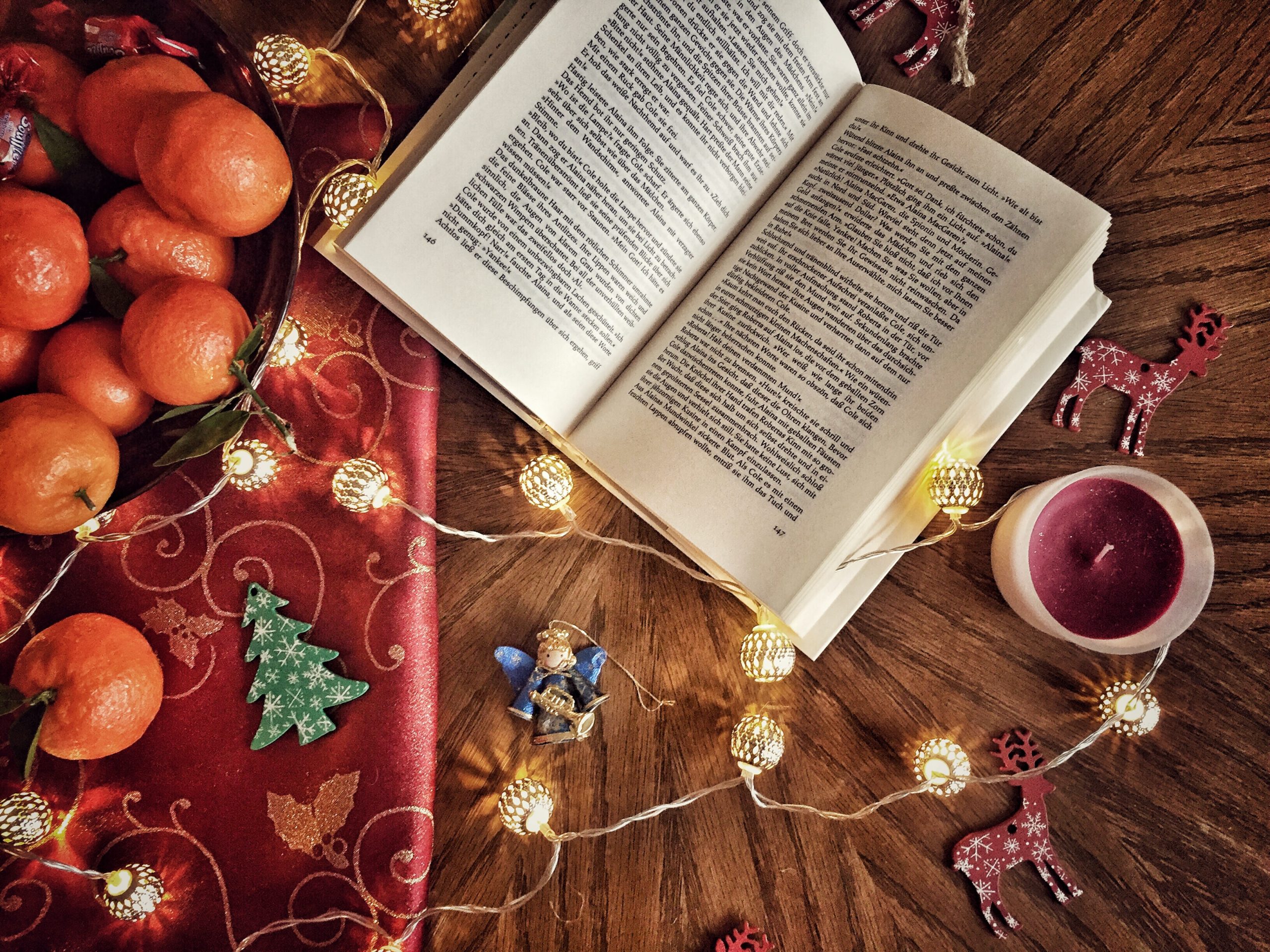Don’t you love fall, when the leaves begin to turn and you pull sweaters down from the closet and exchange margaritas and lemonade for hot toddies and apple cider? As Joe Fox said in You’ve Got Mail, “It makes me want to buy school supplies.” I used to go to my university bookstore as though I were browsing, picking up titles I now realize were intended for students enrolled in those courses. I couldn’t resist! Seeing a reading list for a class still excites me. I know you, dear reader, have those same impulses.
I just finished teaching a section of American Literature in five weeks, which was both fun and nightmarish because of the frenetic schedule, so I thought I’d compile a list of my own, one I’d assign if I weren’t bound by the demands of a syllabus and one semester—American books, plays, and short stories published since the 1950s. I hope, if you haven’t read them already, you’ll try one or two titles. And maybe give in to your impulses and pick up a pack of new pencils or pens or even markers—what the hey!— and enjoy some great contemporary American texts.
If you’ve already read Invisible Man, try Passing by Nella Larsen or Sula by Toni Morrison.
A stunning combination of memoir and legend, Maxine Hong Kingston’s The Woman Warrior: Memoirs of a Girlhood Among Ghosts is an ethereal read and a study in storytelling. Kingston writes of her life growing up as a female in a Chinese-American family and of the stories, myths, and traditions that have followed her parents over from China.
If you’ve already read The Woman Warrior, try Borderlands/La Frontera: The New Mestiza by Gloria Anzaldua.
August Wilson’s Century Cycle is a series of ten plays illustrating the African-American experience through each decade of the 20th century. Fences, set in the 50s, is often anthologized and is the story of Troy, a 53-year-old garbageman and convict who was once a great baseball player. But Troy’s skin color kept him from being able to make a career out of the sport, and his bitterness has seeped into his relationships with his wife and sons, altering them all in unforgettable ways.
If you’ve already read August Wilson, try The Normal Heart by Larry Kramer.
If you’re hesitant to pick up short story collections, Raymond Carver’s Cathedral might change your mind. Known as a ‘dirty realist,’ Carver wrote characters who were down and out—a couple whose young son has just died, a jealous man whose wife’s blind friend is visiting, an alcoholic who doesn’t want to tell his wife he’s calling from rehab. These aren’t lovable characters, but Carver’s prose often lifts them from the grit and dirt of their lives— sometimes momentarily, sometimes not—redeeming them in satisfying ways.
If you’ve already read Raymond Carver, try Andre Dubus or John Cheever.
Unlike Maxine Hong Kingston, G.B. Tran grew up relatively ignorant of his family’s immigrant experience. Raised in South Carolina, Tran is immune to the-the heartbreak of Vietnam that his parents would rather forget. It isn’t until the death of his grandparents that Tran visits Vietnam for the first time and begins to connect to the history of his family and their native country, which he tells in the graphic memoir, Vietnamerica.
If you’ve already read Vietnamerica, try Maus by Art Spiegelman or March by John Lewis, Andrew Aydin, and Nate Powell.



